
In the next article we are going to take a look at some keyboard shortcuts for GNOME that despite being widely known, can be useful for those users who do not know them yet. As with other systems and desktops, in Ubuntu 18.04 with GNOME we will be able to find hot keys to make things easier for us.
Regardless of the operating system that the user uses, that keyboard shortcuts or keyboard shortcuts are very useful when working. These shortcuts or key combinations make working with GNOME and any other desktop faster and more comfortable.
Keyboard shortcuts for Gnome
Using the Super key (Windows key)
If we use la Windows key, or what is known as a Super Key on Unix systemsFrom our keyboard we are going to start the search menu as you can see in the following screenshot.
In this search engine we will simply have to write the name of the application and click on the application icon to launch it. We can also use the Super key to see all the applications started at once, as it's shown in the following.
Launch the application menu
In Ubuntu 18.04 with GNOME we will be able to see the applications by pressing the button in the lower left corner that is made up of a group of dots. A shortcut to do this in a faster way is by using the combination Super Key + A.
Open a Terminal window
One keyboard shortcut that will always come in handy is the ability to start a terminal window using the key combination Ctrl + ALT + T. This is undoubtedly the best keyboard shortcut to start the terminal in the shortest time possible.
Execute a command without terminal
For run a command without necessarily accessing the terminal, we will only have to press Alt + F2 keys. This will open a console text box asking for a command.
Lock screen
For this we can go to the upper right corner and select the corresponding option. But we can also choose lock screen much faster pressing the Super Key + L.
Show desktop when multiple windows are open
When you work in front of a computer, it is very easy for you to realize that you have a good handful of windows open. In the present case, to minimize them all and return to see the desktop, we only have press Super Key + D or Ctrl + Alt + D.
Switch between running apps
When we have different applications open, it is not necessary to use the mouse to move between them. Can easily switch between them using Super Key + Tab or Alt + Tab.
Close an application
For close an application we will be able to use the Alt + F4 key combination. In addition we can also use Ctrl + Q.
Open the notification tray
In the GNOME interface with Ubuntu 18.04 we find a notification tray that can be accessed by clicking on the date that we find in the top bar. For launch notification tray we can also choose to press the Super Key + M.
Adjust windows
In GNOME we will be able to adjust active window left or right using the keyboard so that this window ends up occupying half the screen. To adjust to the right we will only have to press the Super key + right arrow.
To adjust the window to the left we will have to use the Super Key + Left Arrow. To maximize the active window, we will only have to use the Super Key + Up Arrow. In case you want to see the window as floating, the combination to use will be Super Key + Down Arrow.
Screenshot
We will be able make a screenshot the entire desktop by pressing the Print Screen key. If we are interested take a screenshot of only the active window, the key combination to be used will be Alt + Print Screen. If we are interested take a screenshot of a particular area of the screen, the combination of keys to use will be Shift + Print Screen.
Switch between workspaces
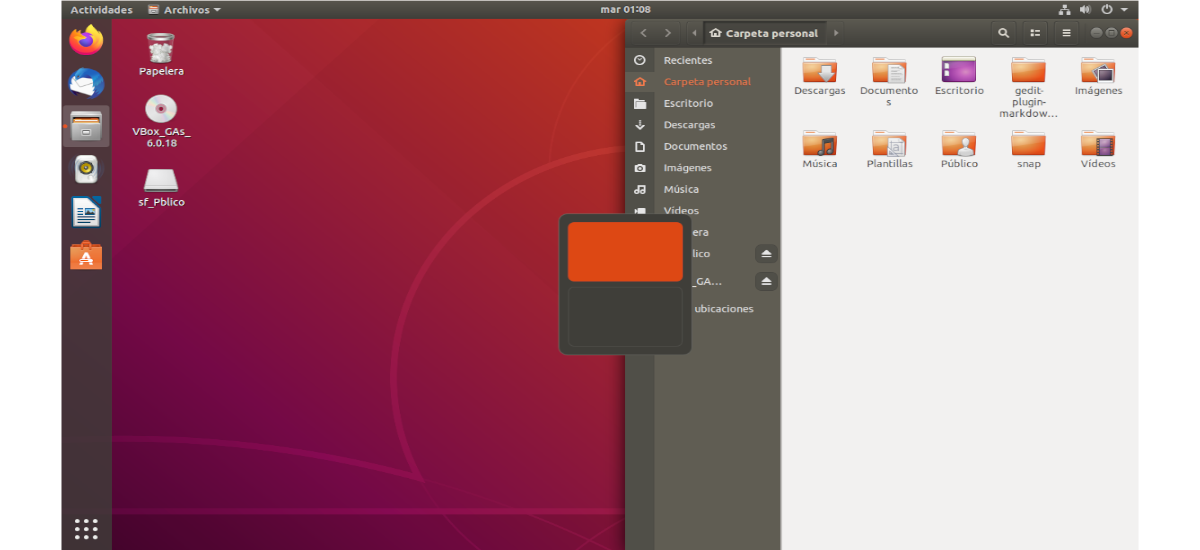
If you use multiple workspaces, you can easily switch between them by pressing Ctrl + Alt + Up Arrow o Ctrl + Alt + Down Arrow.
Log out of your account
For log out at any point, We press Ctrl + Alt + Del keys.
Assign custom keyboard shortcuts
These are just a few of the many keyboard shortcuts available in Gnome. But this they can be changed to our liking, customizing them or adding our own. To do so we will only have to go to Settings → Devices → Keyboard.
A list of possible available keyboard shortcuts will be displayed here. For define our own keyboard shortcuts we'll have to scroll down and down click on the plus button (+) that we are going to find.
Next we will have to define the name and provide the keyboard shortcut command. We are going to save it by clicking on 'Set shortcut ...'and then on the' buttonAdd'located in the upper right corner of the pop-up window.
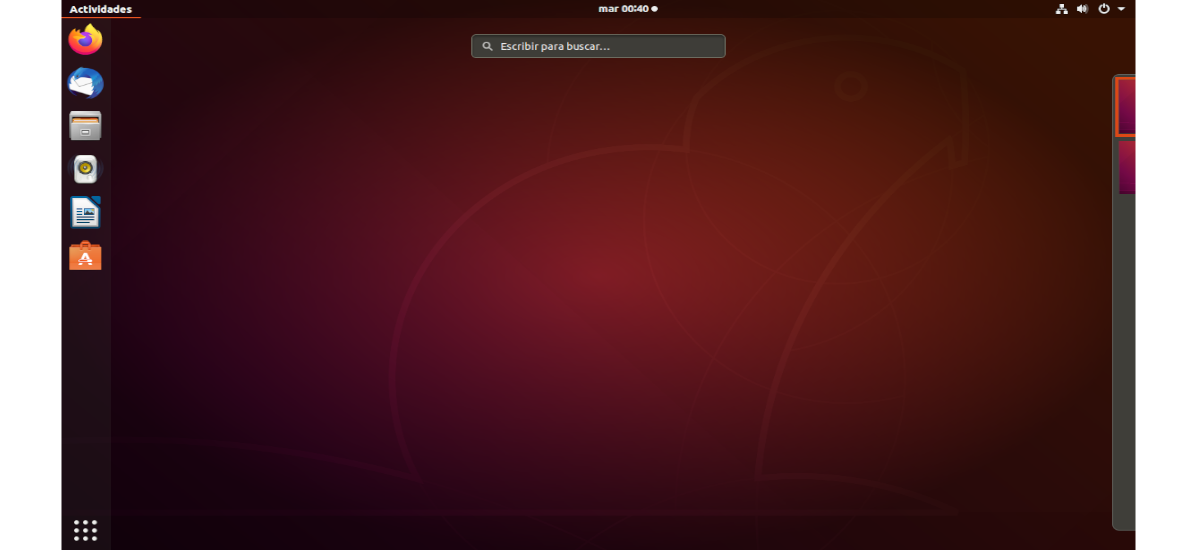

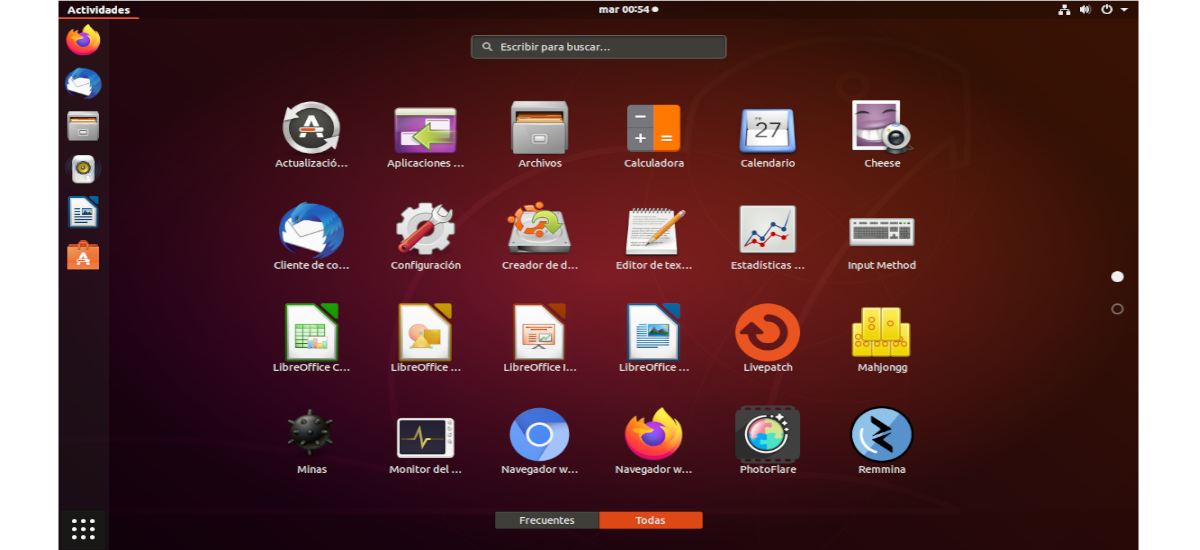
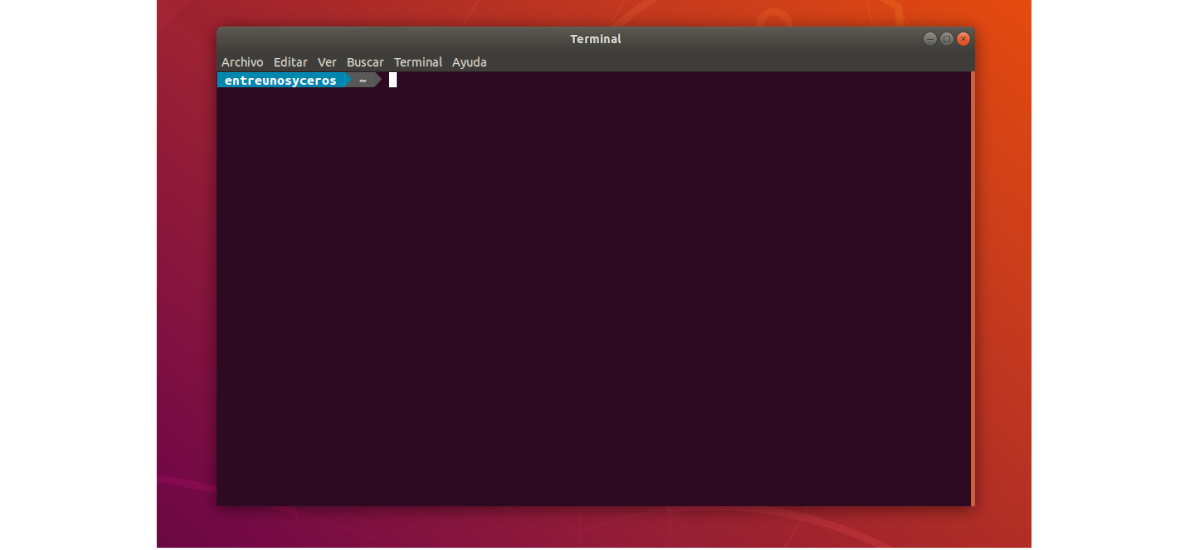
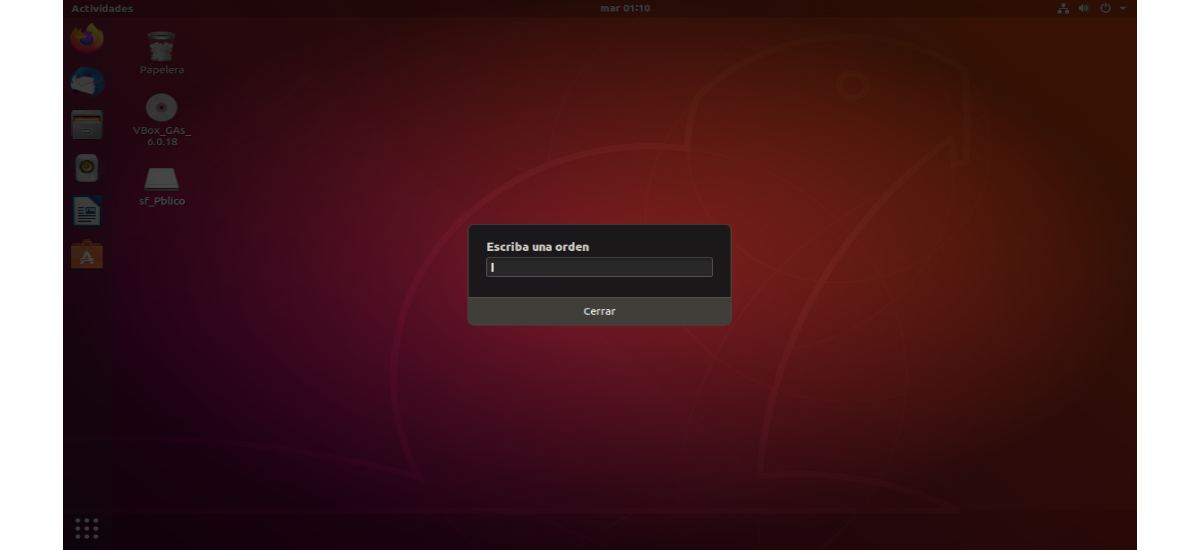
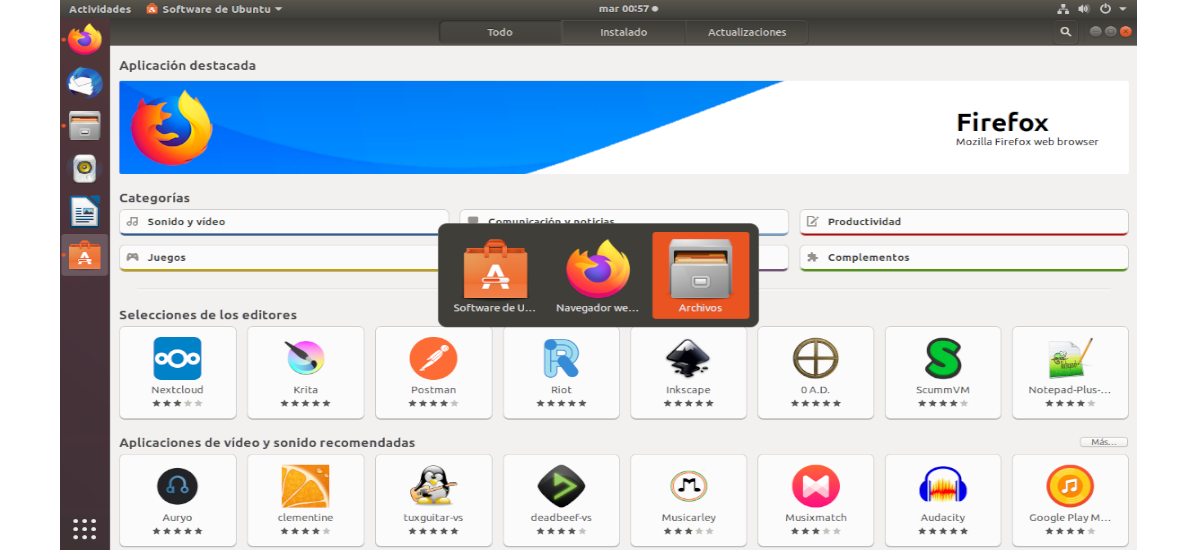
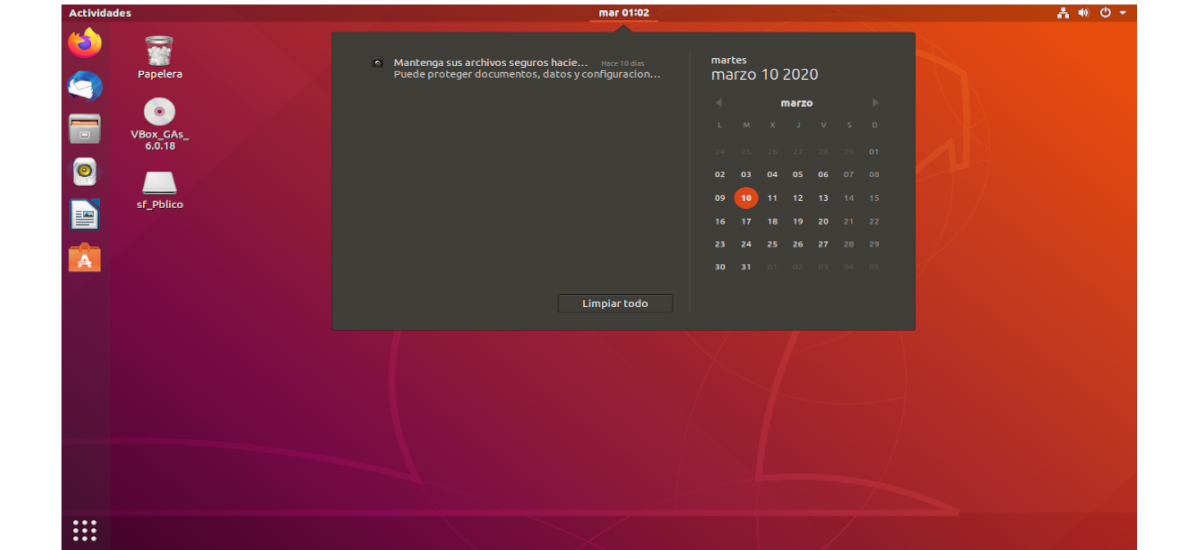
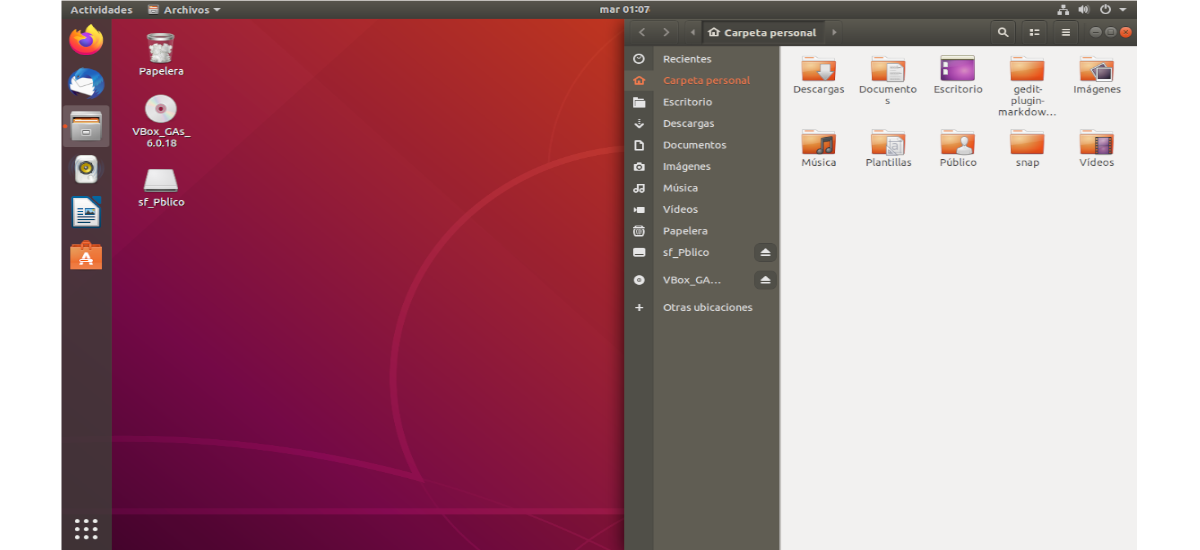
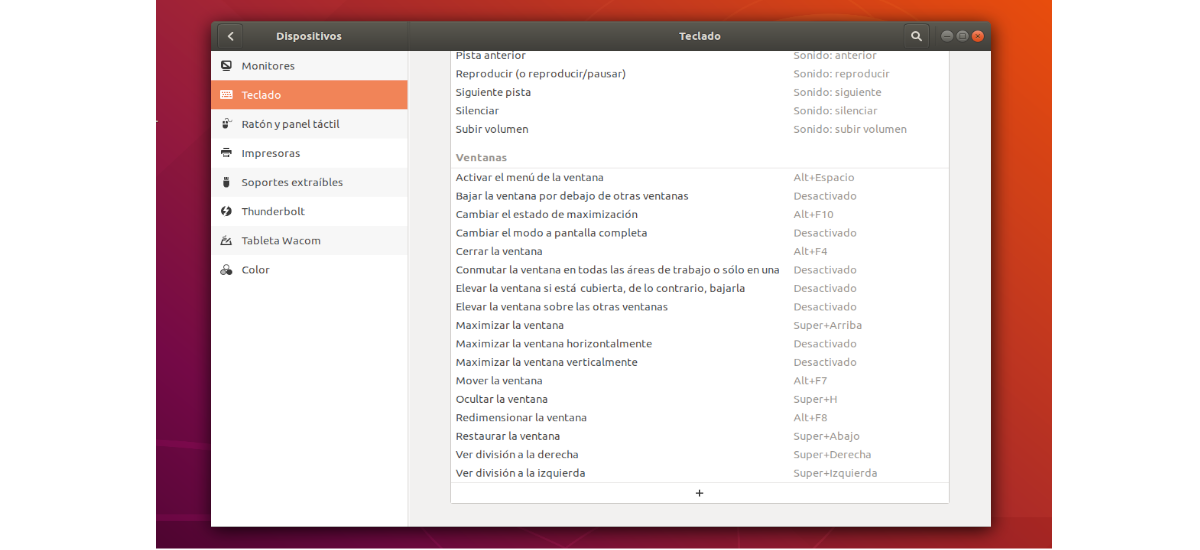
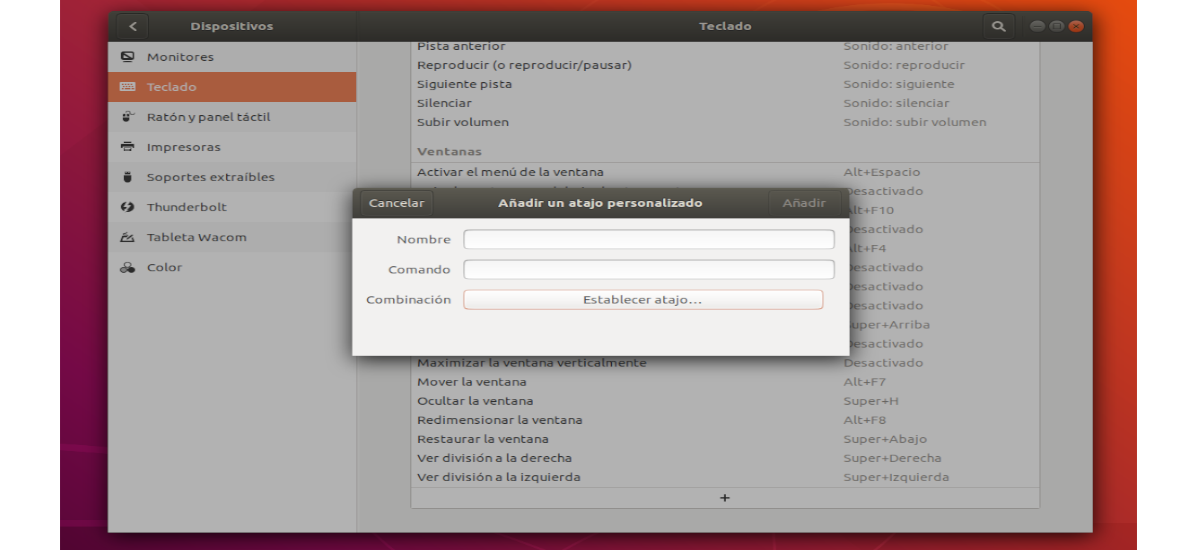
Excellent information, finally I can do basic but very necessary things with gnome, also I configure some annoying things